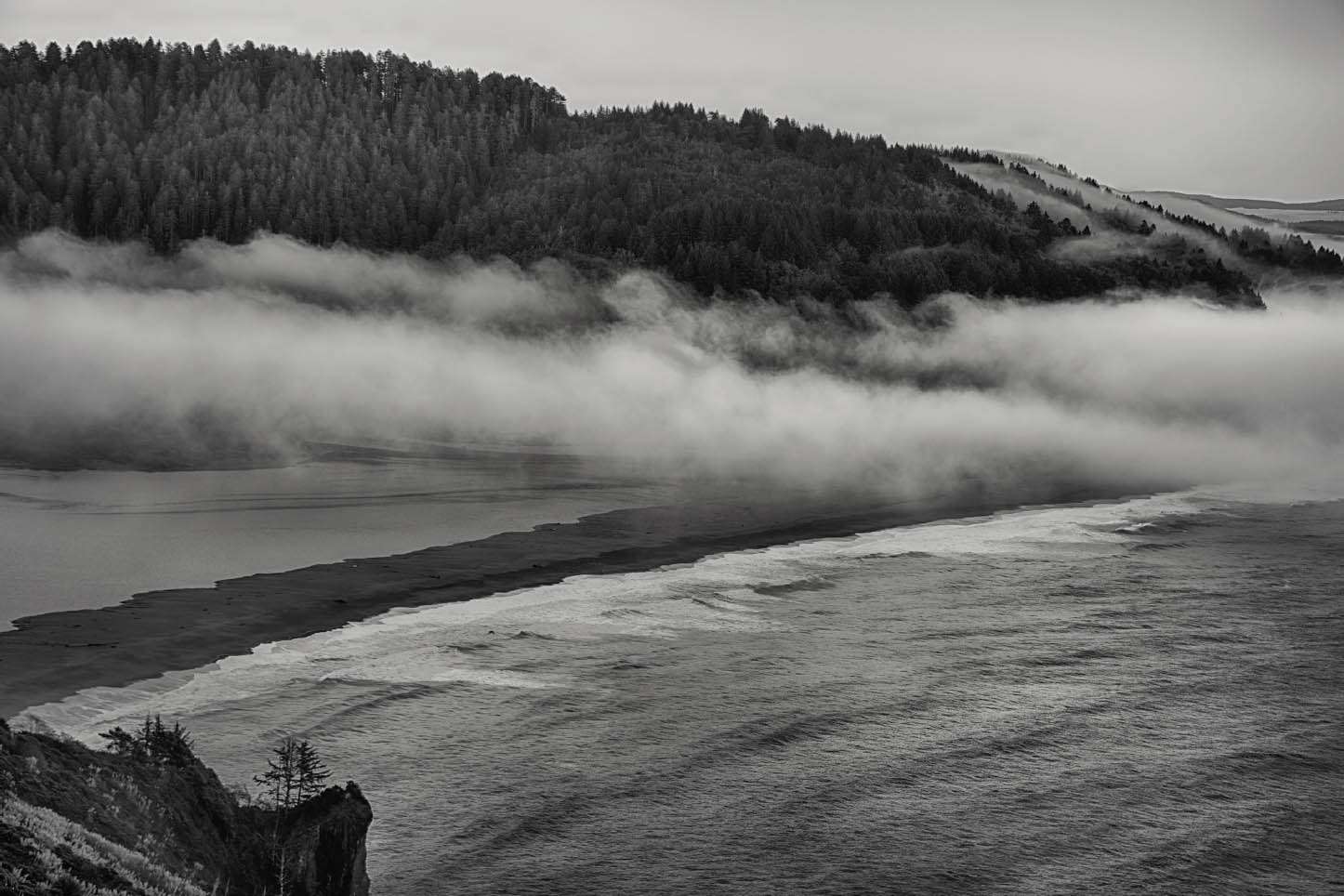The RAW Advantage
A RAW file is a complete record of the data captured by a digital sensor. The detailed implementation of RAW files varies from camera manufacturer to camera manufacturer, but it is important to understand that a RAW file represents a large number of potential images rather than a specific rendering of the digital bits that have been captured.
Most reasonably sophisticated digital cameras can save their captures as RAW files, although you may have to change the default settings to make this happen. Cameras can also capture images as JPEG files. A JPEG file is a single version of a RAW capture, as interpreted by the camera that can be used without any further work. You can usually set your camera to save both JPEG and RAW versions of a capture at the same time.
The advantages of the JPEG format are that JPEG files are compact and don’t take up much space, and that you don’t have to do any further work on these files before they are usable on most computers.
However, if you are interested in creative photography, RAW files give you many advantages. You can use your own ideas of how the image data should be interpreted—for example, how the image should be exposed. Furthermore, if you’ve chosen to make RAW captures you can process different portions of your photo differently. The exposure and color values do not have to be the same across an entire image. Last, but not least, you are not throwing away much of the data collected by the sensor, as a JPEG capture inherently does.
Fundamentally, the creative advantage to a RAW capture as opposed to a JPEG capture is that you get to implement your creative idea of what your photo should look like—and not be forced to rely on the camera’s “brain” to make your final image.

The in-camera monochrome version of this essentially black and white shot is nothing special, with the detail on the lower right completely lost.
Klamath Bar—Starting with the RAW file, I multi-RAW processed the image using its color information, then used a layer stack to convert the photo to black and white. The result is a black and white image of morning mist on Klamath Bar along the northern coast of California that shows a great tonal range and is far more interesting than the in-camera JPEG version opposite.
Both: Nikon D850, 78mm, 1/40 of a second at f/8 and ISO 64, tripod mounted; converted to monochrome using Photoshop.

